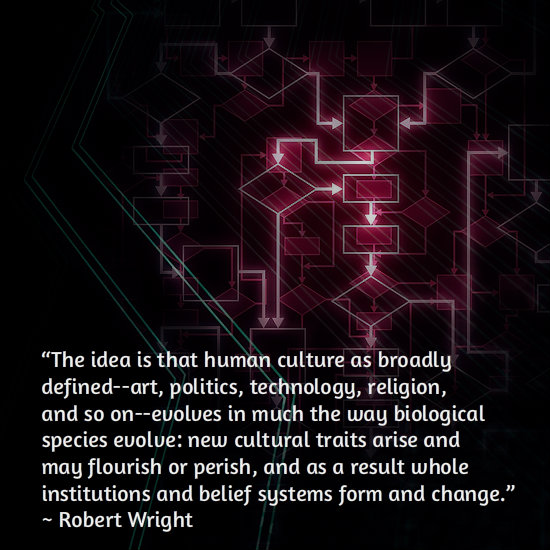Tom Goodwin’s precise summing up of the shifting business environment is now legend – Uber, the world’s largest taxi company, owns no vehicles. Facebook, the world’s most popular media owner, creates no content. Alibaba, the most valuable retailer, has no inventory. And Airbnb, the world’s largest accommodation provider, owns no real estate. Something interesting is happening.
Institutional realignment is now on an accelerated path. In this superb, nuanced post titled ‘Uber and AirBnB make the rules now – but to whose benefit?“, Vili Lehdonvirta brings up very interesting perspectives. (To paraphrase)
– If buyers switch to a new market, sometimes sellers have no choice but to follow, irrespective of whether it brings them gains or losses (eg. if there is very little business outside of Uber to be had)
– Even if everyone participates with interests intact, the collective effects on society may not always be positive (eg. AirBnB rooms causing nuisance to neighbours)
– These conflicting interests are usually reconciled by political institutions, but they face the challenge of siding with incumbents or upstarts.
And towards the end of the article, this very important thought – these new platforms appear to provide access to those who have been denied it by the institutions and processes thus far, but is it that simple? In this context, the new jobs being created are quite different from the typical ‘job’ description. That brings me to a key institution – the traditional workplace.
“The Organisation is Broken” by Clay Parker Jones is a superb read on many aspects of the current work landscape. He points out a number of trends – the increasing productivity : paycheck gap (former increasing, latter not so much), the top 1% profiting a lot, the decreasing lifespan of the average corporation and how 47% of all work (US) will be computerised in the next 20 years. This serves as context setting for his take on how organisations are our only hope. With a few changes, of course. More connectedness would result in more fluid ties between the organisation and its workforce. i.e. the platforming of everything. The point he drives is this – organisations are broken because the contexts they were designed for have changed.
In the relatively limited scope of ‘work and the organisation’, data transparency and fluid relationships is something that can definitely address many of the challenges that rapidly changing technology has posed for us. Does this tackle societal implications and the reconciliations required therein? Probably not. But I think that it’s only a matter of time.Thus far, I’d say that new business institutions have been far more agile in harnessing technology than their political counterparts. So I’d expect them to seek reconciliations in their own interest. After optimisation reaches a point, I think the new organisation will understand that it cannot be separate from the broader ecosystem it is part of, and will need to address the relevant interests/problems of that ecosystem before it can scale further. In that sense, you could say that nothing much has changed from an earlier cycle. But there is a shift. As CPJ points out, technology has accelerated a few things – the ability to scale an idea, choices available to the user, and increased connectivity in the organisational ecosystem.
In “Workers in a world of continuous partial employment“, Tim O’Reilly writes about how the traditional companies and new economy counterparts differ on one key aspect – data transparency. The latter expose data to the workers, not just the managers, letting them know about the timing and location of demand, and letting them choose when and how much they want to work. Essentially, agency, powered by algorithms.
Maybe there’s a corollary to Tom Goodwin’s summation – algorithms, the world’s largest regulator of human resources, is not human 🙂

